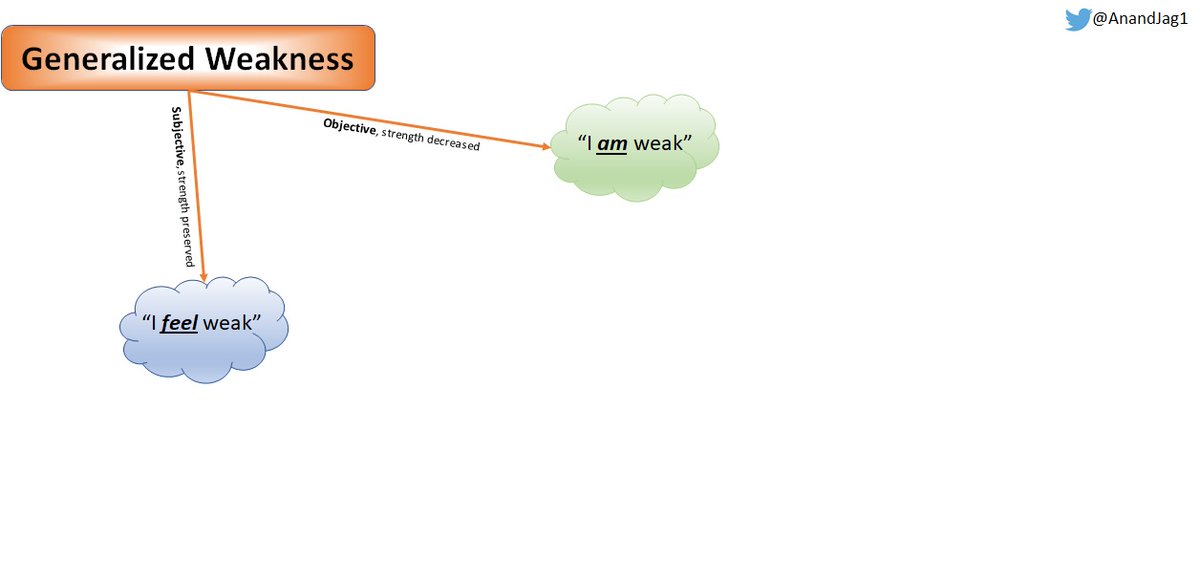
Yesterday, I discussed a pt who had subacute chest pain and dyspnea w/a group of learners
A pivot point in the case gave me some insight into the process of teaching reasoning
I'd love to share my experience #medtwitter #teachdx 1/
A pivot point in the case gave me some insight into the process of teaching reasoning
I'd love to share my experience #medtwitter #teachdx 1/
The patient's pain was pleuritic. Dyspnea, exertional. Symptoms worsening. Other history, sparse. The exam yielded signal:
Tachycardic, tachypneic, hypoxic, speaking short sentences, quiet lung bases
A dx and rx path was forming 2/
Tachycardic, tachypneic, hypoxic, speaking short sentences, quiet lung bases
A dx and rx path was forming 2/
Heart and lungs were on the mind. The group wanted a CXR, so did I.
Pleural effusions, great
Atelectasis, yes
Enlarged cardiac silhouette...hmmm
'What do you think?', I asked.
'Echo!', 'CT thorax!', they replied.
Fantastic I said...but why? 3/
Pleural effusions, great
Atelectasis, yes
Enlarged cardiac silhouette...hmmm
'What do you think?', I asked.
'Echo!', 'CT thorax!', they replied.
Fantastic I said...but why? 3/
Pivot point: enlarged cardiac silhouette
We knew rx was needed first if not in parallel with dx, but that the dx likely lay within the big shadow in the chest
I grasped for a schema but didn't have one at hand 4/
We knew rx was needed first if not in parallel with dx, but that the dx likely lay within the big shadow in the chest
I grasped for a schema but didn't have one at hand 4/
When encountered with a dx/rx pivot, a lot of us were taught pathways/shortcuts
Dyspnea + edema -> lasix
Fever + infiltrate -> abx
Great for survival, but I think less great for teaching the WHY behind the action 5/
Dyspnea + edema -> lasix
Fever + infiltrate -> abx
Great for survival, but I think less great for teaching the WHY behind the action 5/
I think that teaching the WHY is another form of teaching reasoning
In this case, I had to pull on other cases of a big heart shadow to guide me
(Cognitive Flexibility anyone? Check it out!)
In this case, I had to pull on other cases of a big heart shadow to guide me
(Cognitive Flexibility anyone? Check it out!)
https://twitter.com/ejames_c/status/1491364721399934980?s=20&t=qNaaFeWJRV8cqmHXaaZIHw6/
In that moment, big heart shadow to me was either:
1) big heart or
2) fluid around the heart
Those were more familiar. We had schema for cardiomegaly and pericardial effusion. AND, we could better understand WHY addnl imaging would help the quest for dx 7/
1) big heart or
2) fluid around the heart
Those were more familiar. We had schema for cardiomegaly and pericardial effusion. AND, we could better understand WHY addnl imaging would help the quest for dx 7/
Turns out the heart was normal size, but the fluid around it, not so normal
We'd already discussed a schema for pericardial effusion and applied it to our patient. We knew what to do next.
A lung nodule was found, large, spiculated. 8/
We'd already discussed a schema for pericardial effusion and applied it to our patient. We knew what to do next.
A lung nodule was found, large, spiculated. 8/
We're still waiting for the final dx (sorry!), but lessons were learned
-teaching the WHY ~ teaching reasoning
-if u don't know, pull from what you DO to guide
-doing this out loud SHOWS learners how we deal with dx uncertainty and makes it OK to not know 9/
-teaching the WHY ~ teaching reasoning
-if u don't know, pull from what you DO to guide
-doing this out loud SHOWS learners how we deal with dx uncertainty and makes it OK to not know 9/
h/t to @jessdreicer @jackpenner @Gurpreet2015 for helping me find words (albeit imperfect) for this experience
<3 to the reasoning community for continued inspiration. Too many to tag, y'all know who you are 10/
<3 to the reasoning community for continued inspiration. Too many to tag, y'all know who you are 10/
• • •
Missing some Tweet in this thread? You can try to
force a refresh











